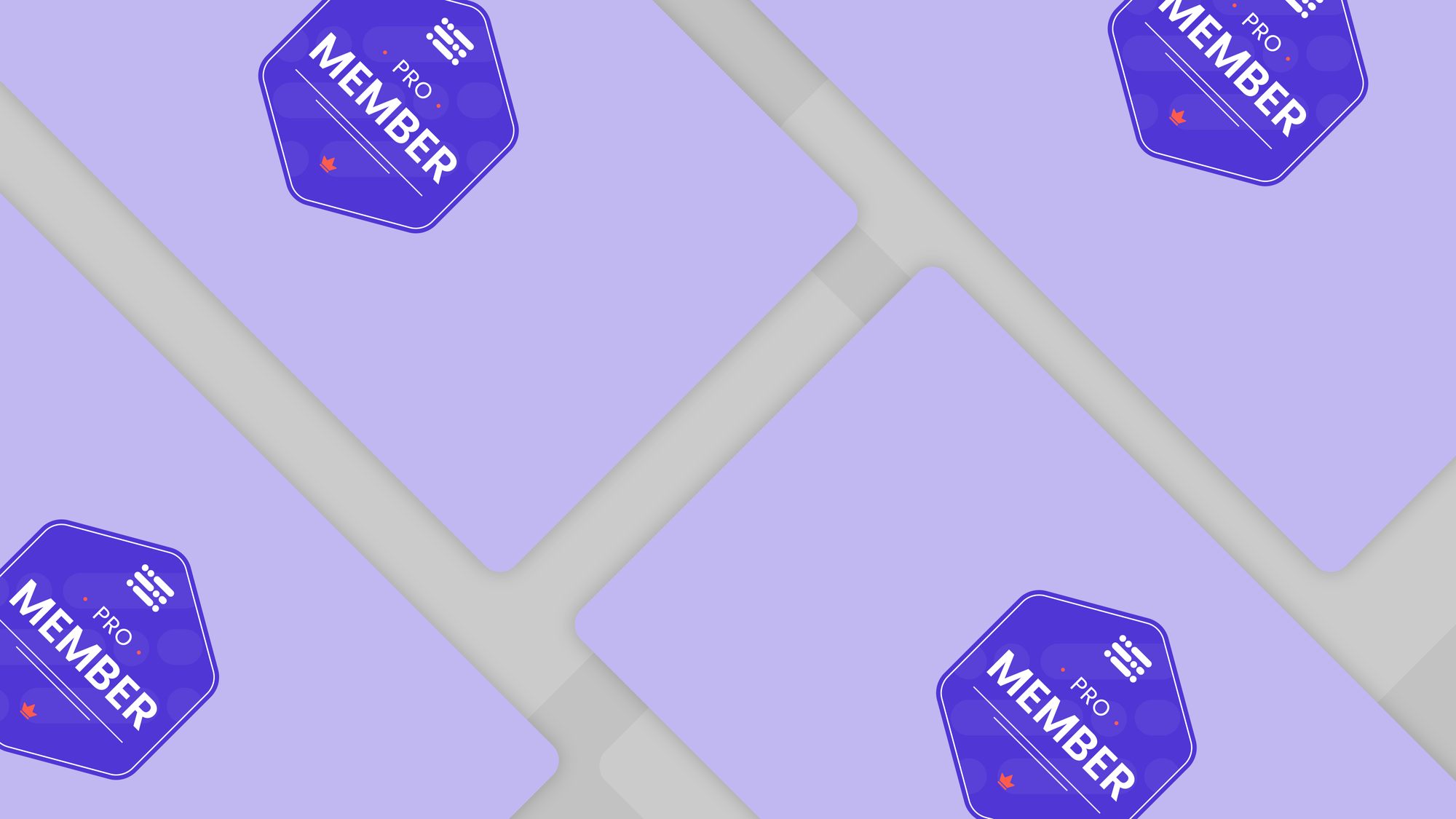One product marketing trend I feel strongly about is that the next wave of great product companies will all have a public roadmap in some shape or form.
Roadmapping tools like LaunchNotes have made these incredibly easy to build and maintain, so I predict this will soon become the norm for any startup or scale-up that views itself as product-led.
I first came across the idea a fair few years ago when I was looking into Monzo. They had this really simple Trello board, made available to anyone who wanted to have a peek, that laid out their product plans for the next few quarters. My mind was blown. It seemed so obvious what a great idea this was - now I was staring at it - but why weren’t more companies doing this?
Well, it’s a big, bold decision to make. And it understandably makes Product and Engineering teams a little nervous.
'What if we don’t meet the launch date and let our customers down? Surely we don’t want our competitors to see what we’re working on?'
These are protestations you might hear at the very mention of a public roadmap.
Well, to the doubters, I would point towards great examples from the likes of Vowel or LeanIX which balance transparency with flexibility, by not committing to specific timelines.
And if your competitors are basing their product priorities on your roadmap then they have much bigger problems than feature parity… (Plus, you don’t have to share everything you’re working on behind the scenes.)
So I’ve come up with a list of reasons for you to forward to your Head of Product, with the hope that this will sway them into jumping on the public product roadmap bandwagon.
Take a look.

Improve customer retention
Customers churn when there’s a gap between the perceived value of what they get from your product and what they’re paying you each month. One way to tackle this and add a ton of value is to show them what’s on the roadmap for the coming months.
Your customers want to feel confident that you have big plans for your product. Letting them know that your team isn’t resting on its laurels and has an ambitious plan for the year ahead will make them feel invested and assured that they’ll be getting more and more value from you as your product evolves.
Improve internal communications
Your colleagues are probably even more intrigued about what’s coming up for the product than your users. Especially teams like Sales, Support and Customer Success who are chatting with customers every single day.
Creating a go-to destination for everyone at your company to see what’s coming up will reduce noise on the product Slack channels, improve team morale, create buzz, and enhance everybody’s product knowledge.
Win new customers
Certain features will be important to potential new customers too. If a prospect of yours is considering switching over from a competitor or evaluating you as one of the multiple options during a sales process, they’ll likely want to get a sense of feature parity.
There’s a good chance you won't have every single feature they’re looking for, but a product roadmap can reassure them that what they need is at least coming up. This is especially important for product-led companies, where you haven’t got Sales or Customer Success to offer this extra kind of assurance.

Show customers you’re listening
Companies are always asking their customers for product feedback but so often fail to follow up on this. A public roadmap lets your users track the features they care about the most, receiving updates as and when you make timeline changes and, of course, on launch day itself.
Some tools even allow you to use your roadmap as a place for customers to request new features. Again, this adds to the investment your users will feel for your product.
Create a community
A public roadmap can be a product within itself. It’s a sticky destination for your customers to come to for regular engagement with your brand. This level of transparency is truly admirable and will create a lot of brand love amongst your most loyal followers.
Most roadmap tools offer options for customers to vote and comment on each feature (if you want that to happen…). People will likely get a kick out of seeing ideas and feedback from other users or seeing how many votes their own suggestions are getting.

Keep ahead of the pack
Ultimately, my guess is that this is the direction we’re heading for in many product categories, and soon enough your competitors will be releasing their own product roadmaps. Get ahead of the game and launch yours first.
The modern product-led company should be bold, transparent, and innovative. A public product roadmap is all of these things.
So go forth and show the world what you’re working on! You’ll be surprised by the results, I’m sure.
Cheers! 👋
Join our Slack channel to network with other pros like yourself!





